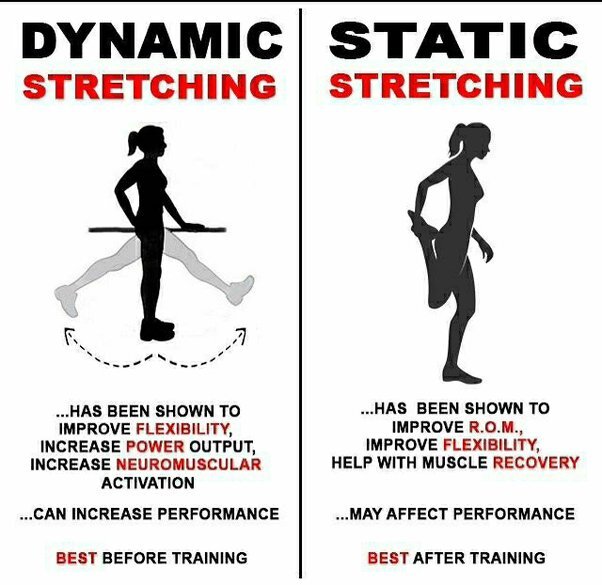What stretching does to your body?
In order for the blow to be strong, some muscles need to be quickly strained, while others need to be relaxed, only then you can attain a powerful move. When you are getting mad in the spur of the moment, you’ll notice that your fists are mechanically compresing and to feel better you will soon releif the tension stretching out the fingers. Because tension without relaxation is spasm, and is not what you want to get.
Any stress reaction, by its nature, is tensing up the muscles aiming at more effective operation of the body. But if the cycle of stress is not breaking and enters a chronic phase (like training every day), then the ability of the body to operate with the tension decreases exponentially.
To avoid such an effect, make use of rest days and stretching.
WHY to stretch?
🤙first and foremost: pulling off a split as a party trick..has been a grand all-timer; or split the cities while travelling like an Olympian - do we need to convince you more?
More sound reasons to insert stretching in your training plan also include:
- optimisation of energy costs while running (accelerated blood flow);
- perceived rate of exertion reduction (you feel overall less tired);
- making your rest more enjoyable (reduces post-run soreness).
WHAT
Stretching can be acute and chronic, exercises - static or dynamic. ☑️
Chronic is more common in ballet and gymnastics - when it is done as a separate exercise routine on a regular basis and mostly deals with holding static stretches (up to 45 sec). Its main purpose is to increase and maintain flexibility and muscle mobility (i.e. ROM). By doing so, it helps reducing injury risk (such as strains) and this is why you want to do it too. Moreover, many agree that stretching is good to relieve muscle soreness.
Acute is what we do immediately before or after training, normally with dynamic movements - actively contracting muscles and moving the joints - to accelerate blood flow and flex. Dynamic stretching activates your nervous system, stimulate your joint movement and serves as a balance exercise. Since they are dynamic, just a couple of repetitons will be enough to make sure you don’t tire out the muscles right before starting off.
HOW
In the beginning. When you feel sore or tight in certain parts of the body, dynamic stretches prior to your run can help eliminate the heaviness and wake up your muscles. An effective warm-up stretch would include dynamic stretches to use the quadriceps, hamstrings, and hip flexors, e.x.
- Lunge dips;
- Heel lift and drops (over a step);
- Leg swings forward and back; side-to-side, etc.
In the end. It is not a good idea to sit in a straddle for minutes before kicking off a powerful session. Static stretching can hamper strength performance and speed if done beforehand. Insead, give it a go once you finished with intense part of your workout. Cooling down is when it will work its magic to dissolve post-run ache and joint discomfort. Slow down, relax and breath. Light post-running / cycling streatching would include:
- Quad stetch (standing, seated, pulled - find an option that fits your level);
- Pigeon pose;
- Hamstring stretch;
- Seated Twist;
- and Downward-facing-dog.
To sum it up, once again:

🤳 You will find stretching routine videos after completing an easy run in O’MY! Sports App. Feel free to get back to the tab with the video any time, including your day-offs or follow along in our Youtube channel.
🗒️ Solely stretching is not a one-fits-all exercise for you body to get through big loads of running, but indeed a fruitful addition to stability and strength training - that last ingredient to enable you reaping the benefits of your efforts even earlier than getting a midddle split.
